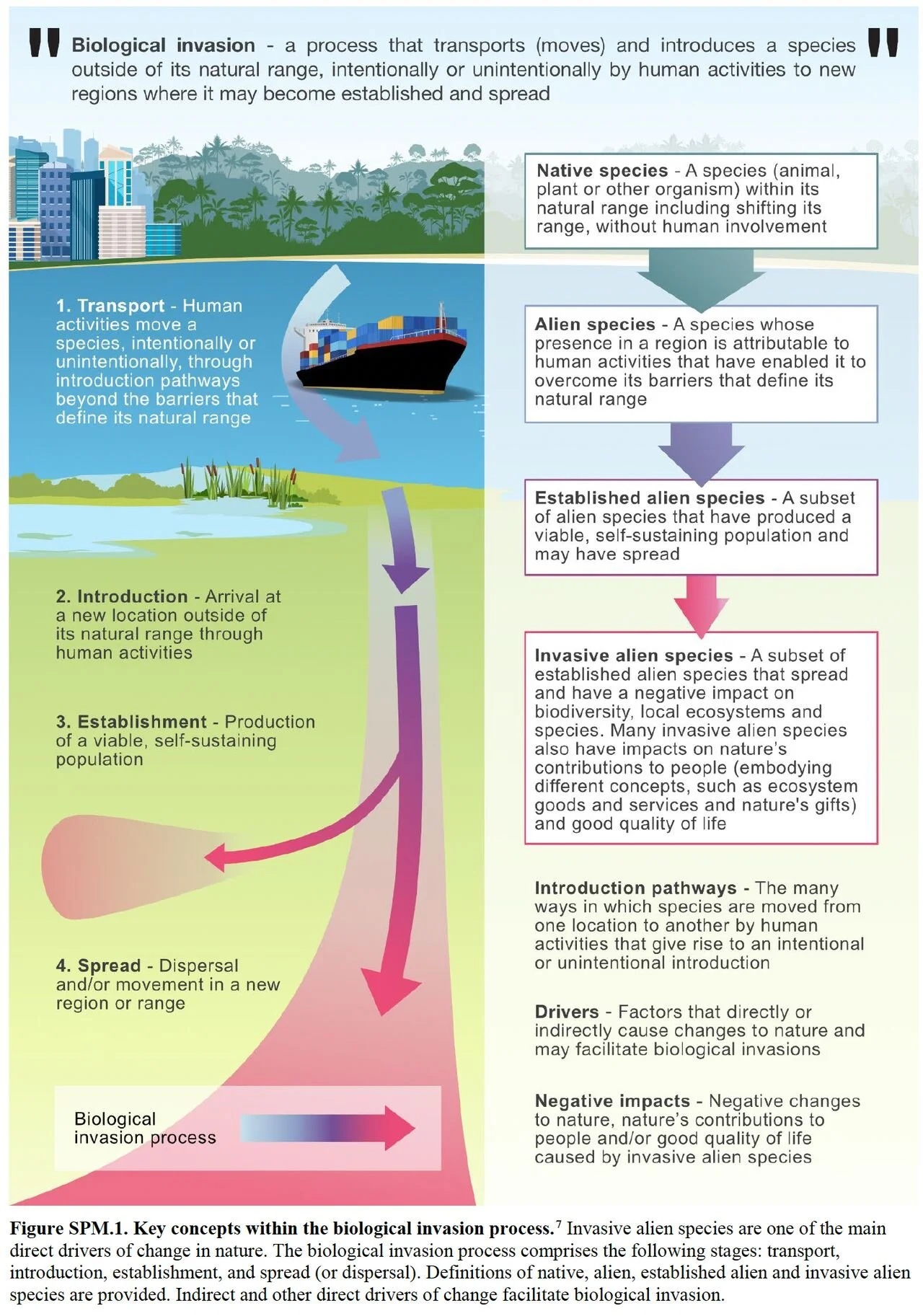Alarming Impact of Invasive Alien Species in Landmark IPBES Assessment
Lionfish are native to the Indo-Pacific, but are now established along the southeast coast of the U.S., the Caribbean, and in parts of the Gulf of Mexico.
In a groundbreaking move, the Intergovernmental Science-Policy Platform on Biodiversity and Ecosystem Services (IPBES) has officially launched a comprehensive Assessment Report on Invasive Alien Species (IAS) and their Control. The report, a culmination of collaborative efforts by dedicated editors and authors, delves into the profound consequences of IAS on global biodiversity and the urgent need for international intervention.
Threats to Biodiversity
The report sheds light on the diverse range of invasive alien species, from well-known culprits like the red fox and European starlings to lesser-known threats such as zebra mussels, chytrid fungus, and water hyacinth. No corner of the Earth has been spared, including Antarctica, as these biological invasions persistently alter ecosystems.
A notable case highlighted is the Emerald ash borer, originating from northeast Asia, posing a severe threat to North American ash trees. The economic toll, estimated in the tens of billions of dollars, is accompanied by startling human health implications, with a recent study linking the borer to respiratory and cardiovascular-related deaths.
The Impact of IAS on Nature and Economy
The IPBES report identifies IAS as a primary contributor to biodiversity loss, responsible for over 60% of recorded extinctions—equivalent to 218 IAS causing 1200 local extinction events. Economically, the annual costs of IAS impacts have quadrupled every decade since 1970, surpassing $423 billion per year.
Prioritizing Prevention and International Collaboration
A central theme of the report emphasizes the importance of prevention, given the challenges and costs associated with eradicating established IAS. Urging countries to collaborate, the report advocates for the development of observatories, early warning indicators, and protocols to prevent species introductions.
The report advocates for a renewed international approach, emphasizing collaboration to support developing countries in implementing effective prevention, control, and eradication programs. The urgency of this collective effort is underscored, as failure to act may result in an escalating burden of IAS on nature and society throughout the coming century.


